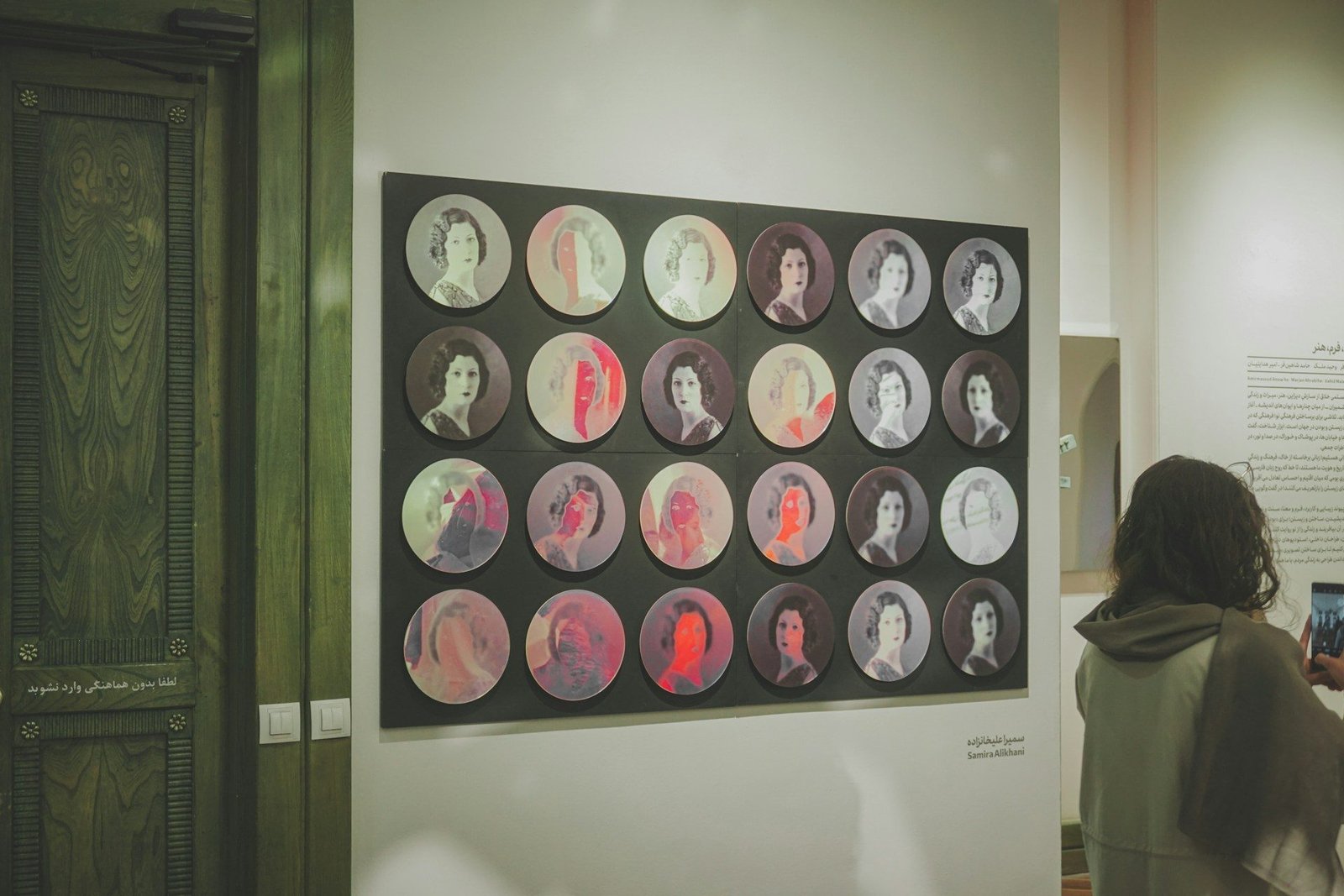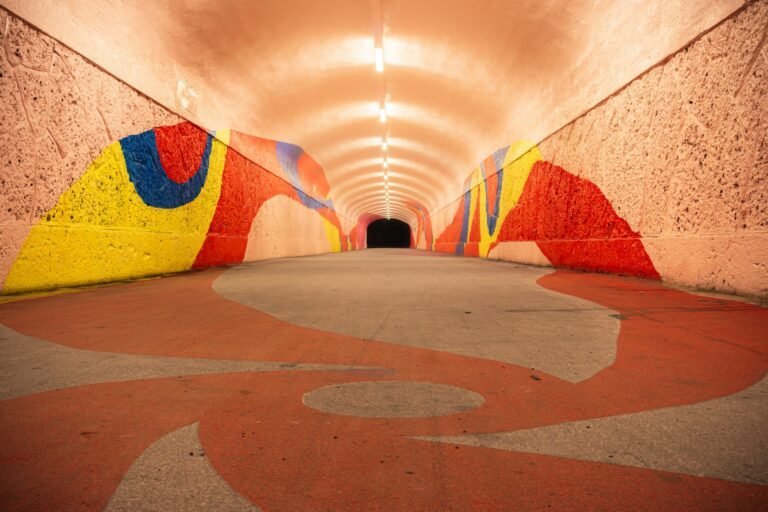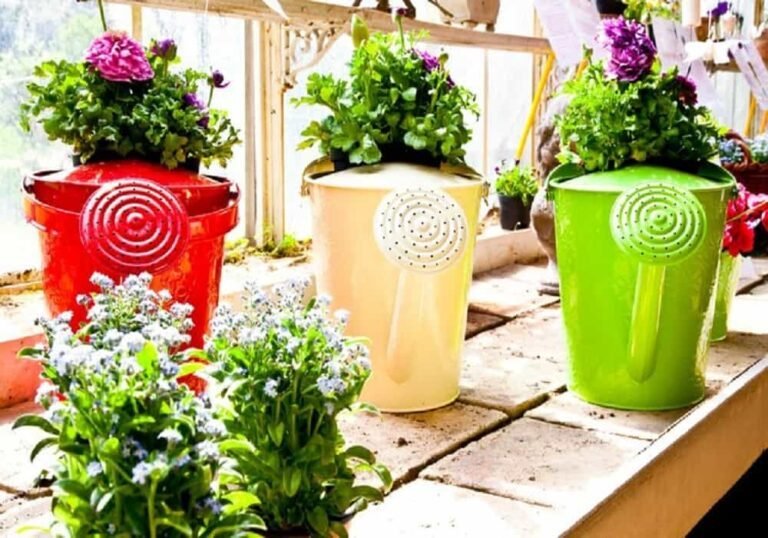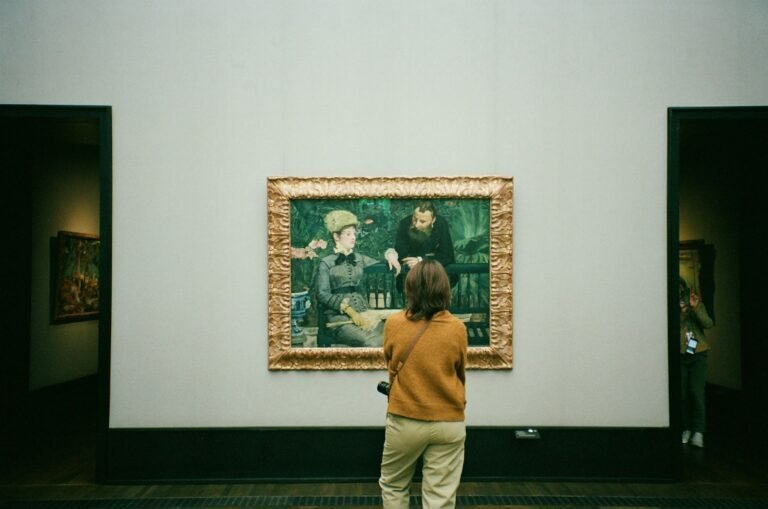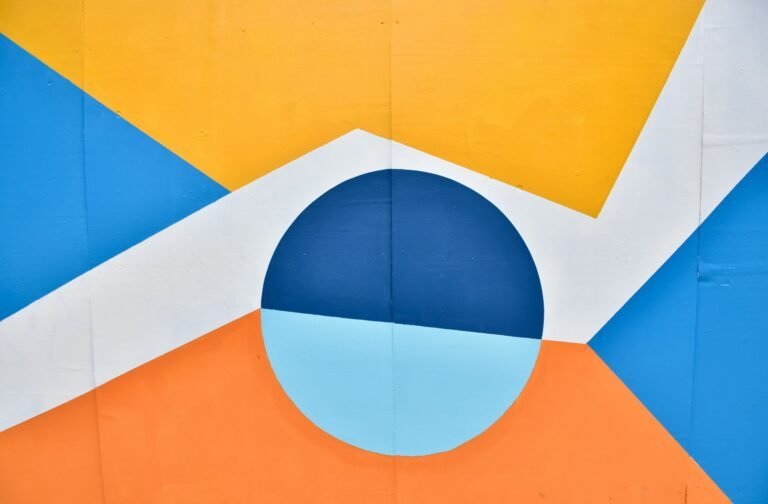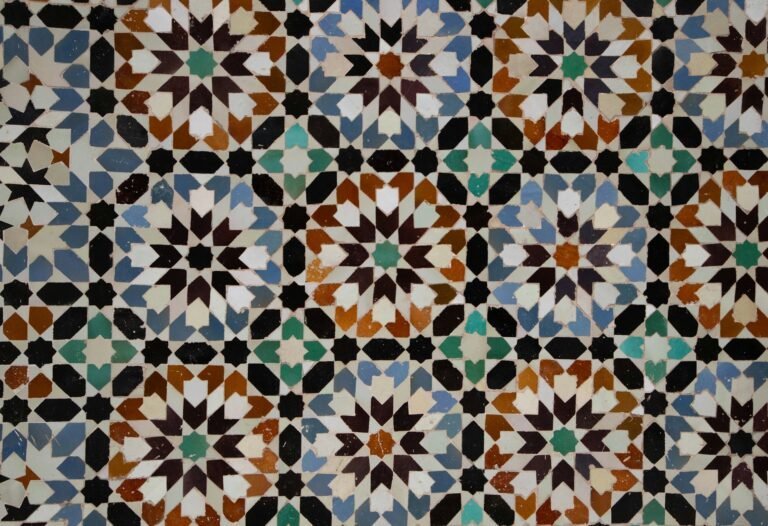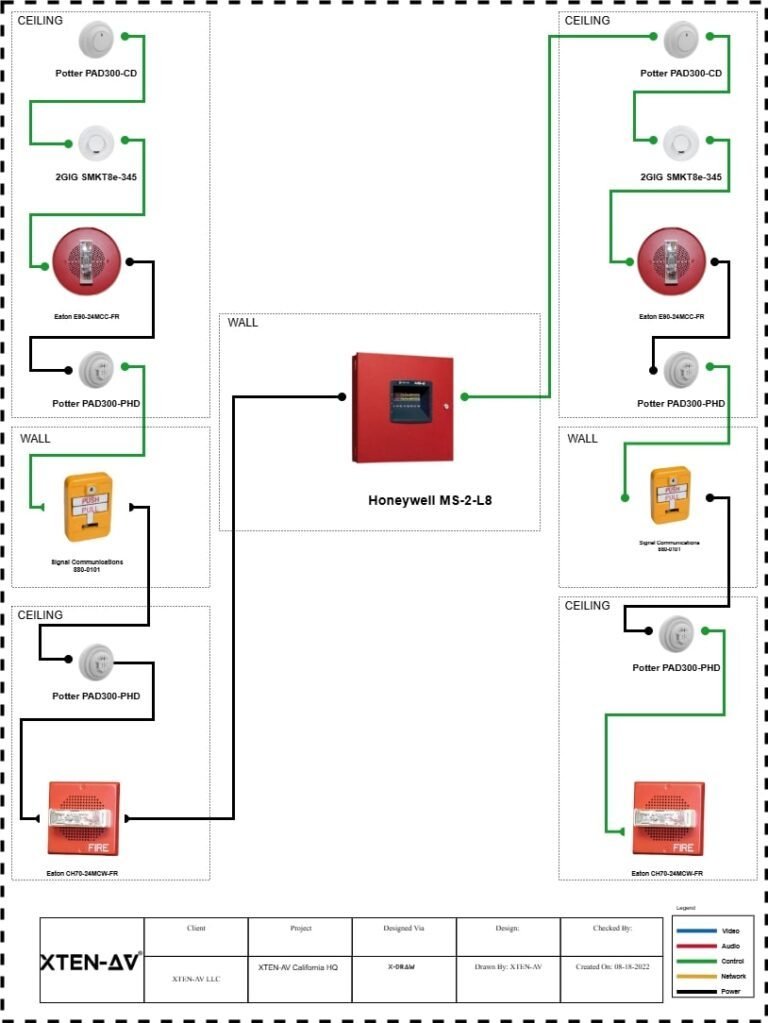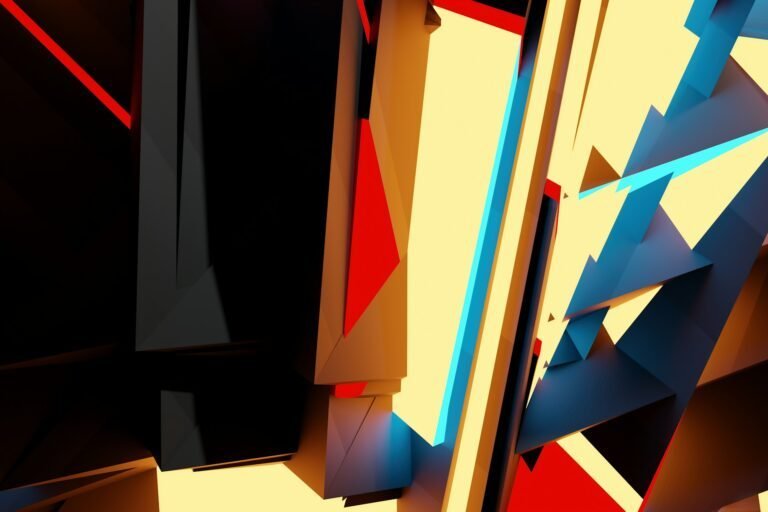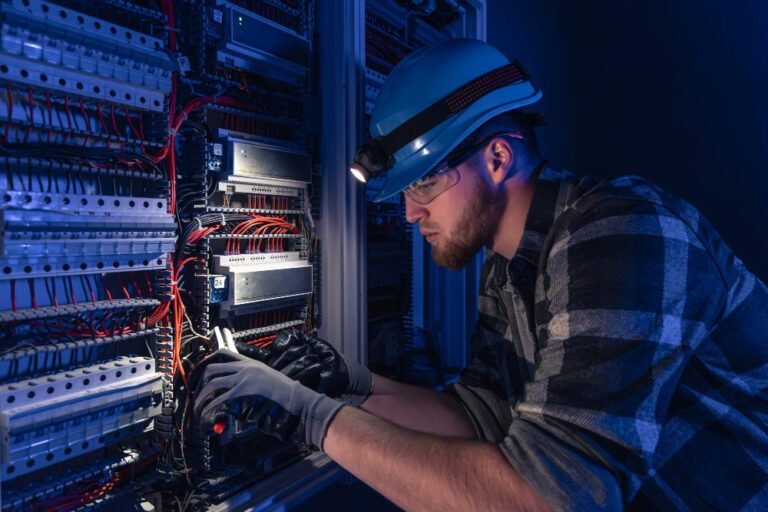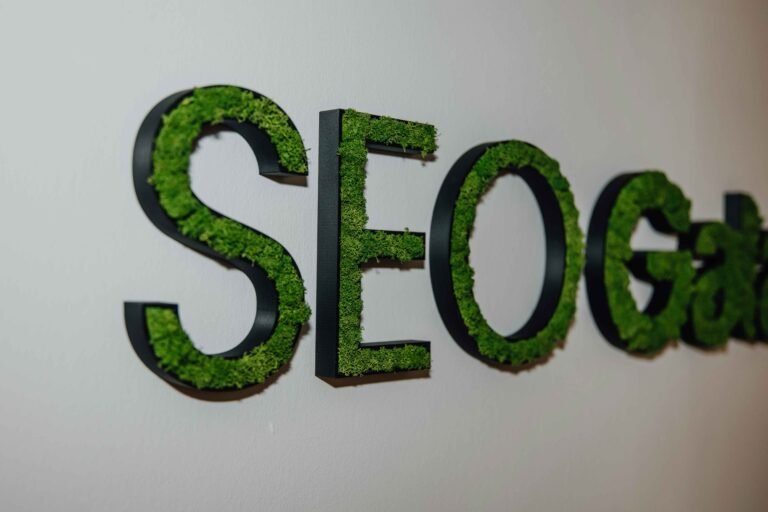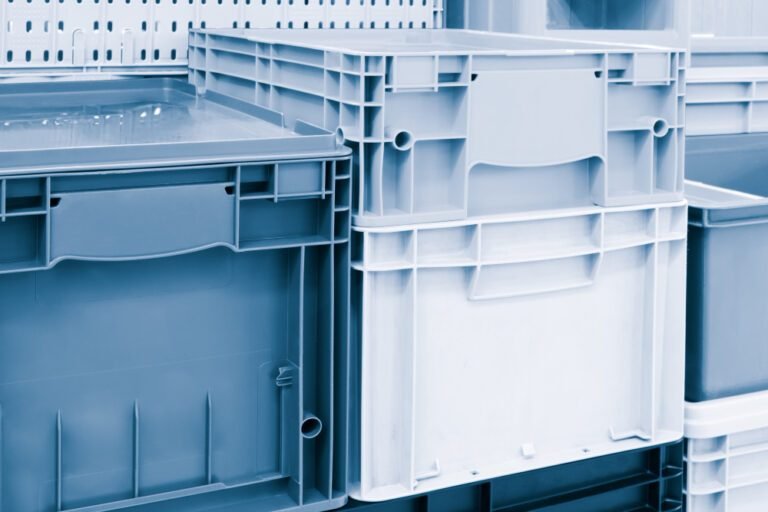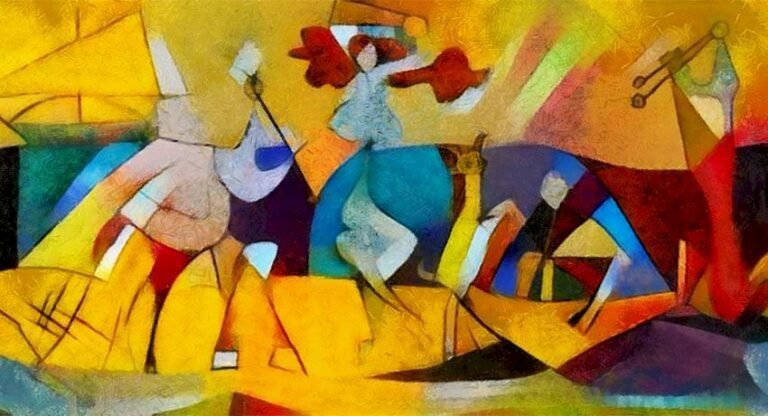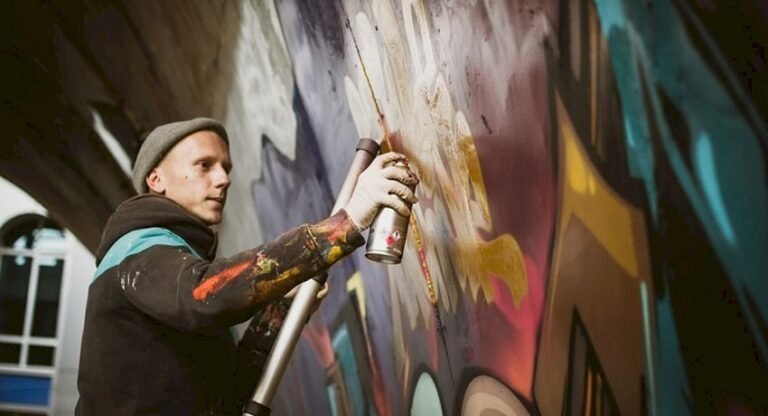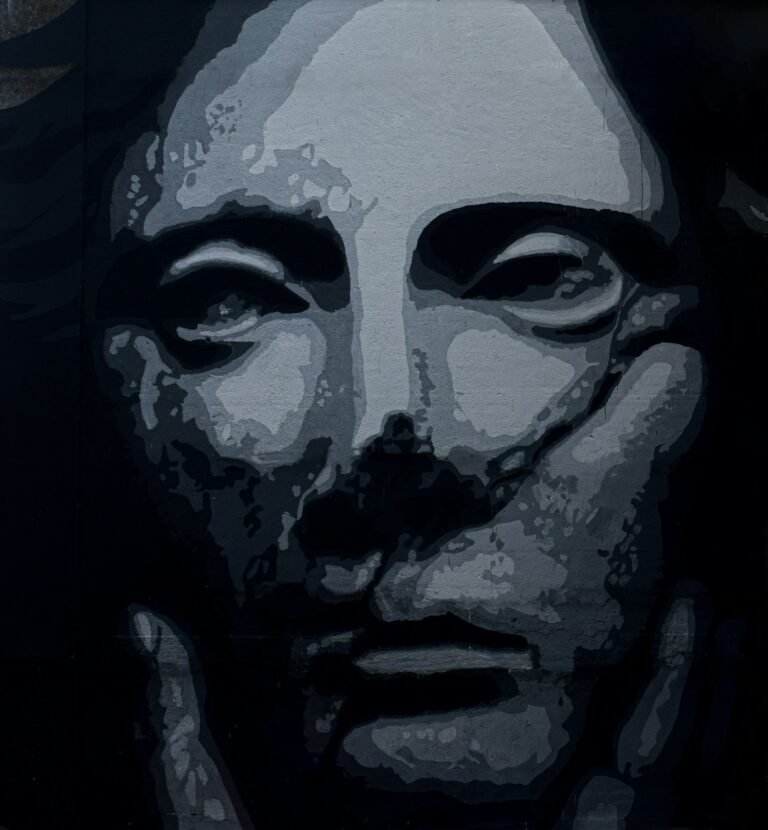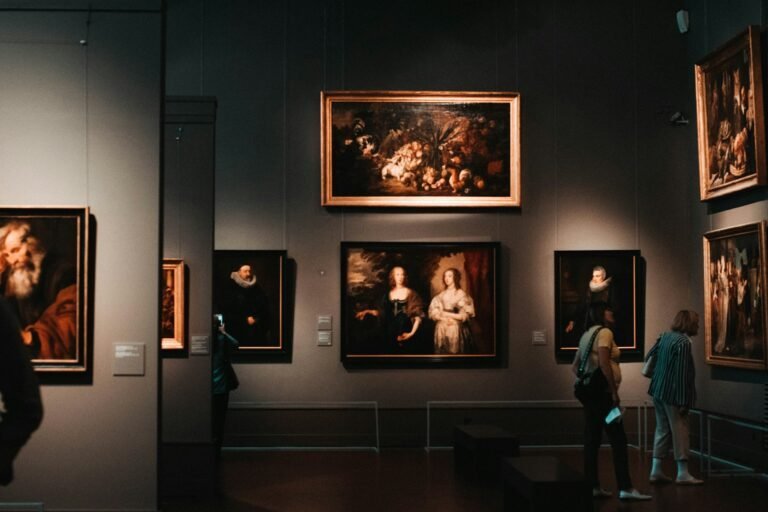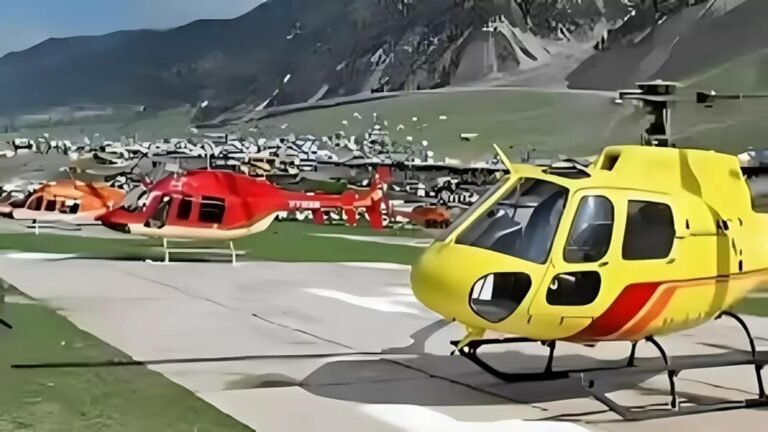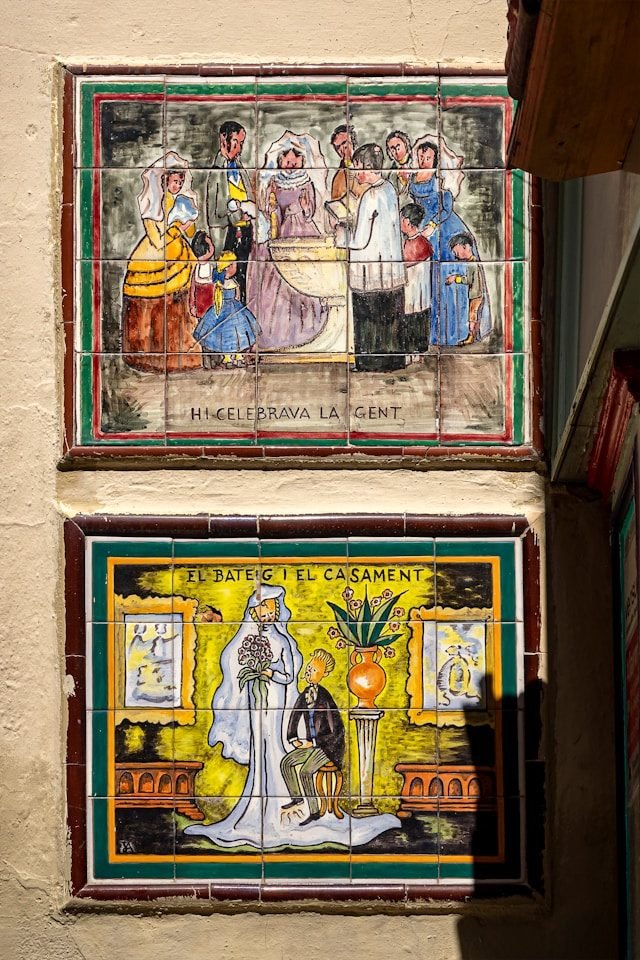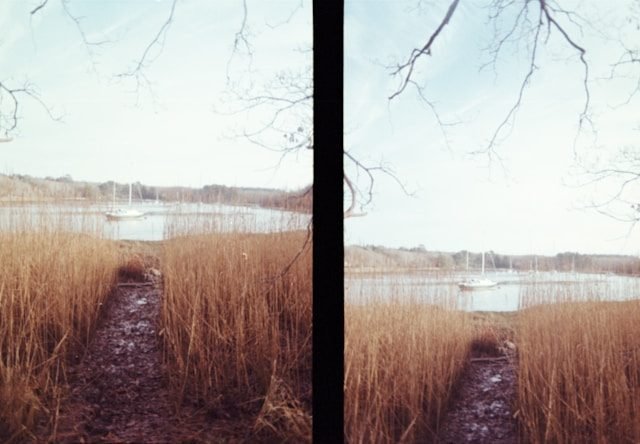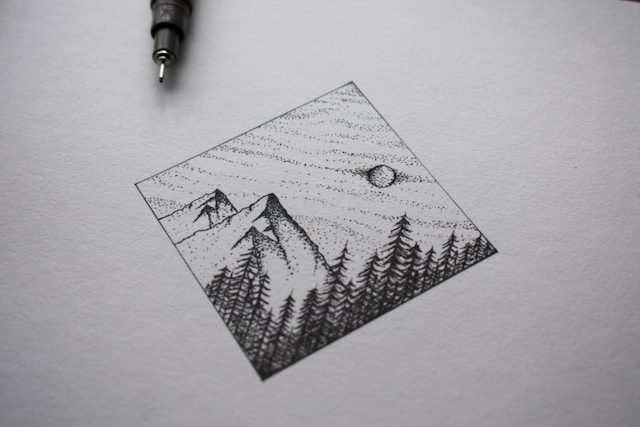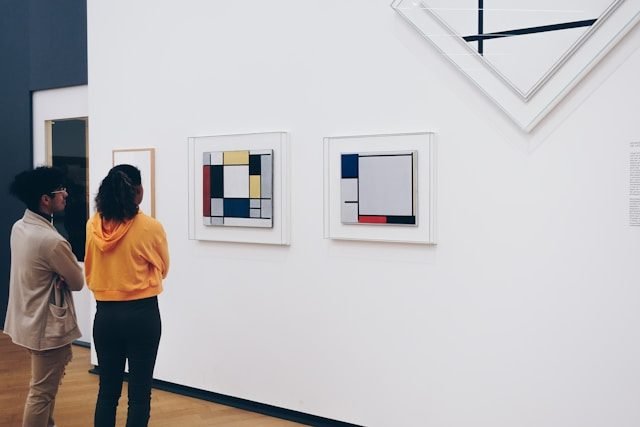Installation artwork is a contemporary art form in which the artist constructs an immersive, three-dimensional experience by arranging objects, materials, or even entire environments in space. Unlike traditional art forms—such as painting, which is confined to a two-dimensional canvas, or sculpture, which stands independently—installation art transforms a specific location into a work of art. The viewer does not merely observe an installation; instead, they frequently move through, around, or within it, becoming physically and emotionally involved in the artwork itself. The focus is not only on the objects used but also on how these objects interact with the surrounding space, light, sound, and the viewer’s body.
Installation art emerged as a major movement during the 1960s and 1970s, though earlier avant-garde art movements such as Dadaism, Surrealism, and Constructivism hinted at similar concepts. Artists like Marcel Duchamp disrupted traditional artistic notions by presenting found objects as art, while later movements like Minimalism and Conceptual Art further challenged the boundaries between art objects and everyday environments. By the late twentieth century, installation art had become a dominant medium in contemporary practice, allowing artists to explore ideas that transcend aesthetics, including political tensions, social identity, environmental concerns, sensory experience, and questions of technology.
Characteristics of Installation Art
Installation art is characterized by its unique integration of space, viewer interaction, conceptual flexibility, and use of diverse materials. One major characteristic is its site-specificity. Many installations are created with a particular place in mind; removing them or transferring them elsewhere transforms or even destroys their meaning. A gallery corner, a public street, an abandoned warehouse, or a natural landscape can be transformed into an installation. The choice of location becomes an integral component of the meaning conveyed by the artwork.
Another defining feature is viewer participation. While traditional art invites contemplation from a distance, installation art often addresses the viewer as a physical participant. The audience may walk through hanging objects, step on textured materials, put on headphones, open boxes, or even engage in digital interactions. This shift in the viewer’s role—from passive observer to active participant—redefines how art communicates. The viewer’s movement, choices, and sensory experiences shape how the work is perceived.
Installation art is also multi-sensory, frequently combining sound, light, video projections, movement, temperature, smell, and texture. Instead of focusing solely on visual perception, installations engage the body fully. This sensory immersion expands the emotional and intellectual impact of the artwork. An installation involving dripping water, holographic projections, or the scent of burning wood creates interpretations that cannot be replicated through traditional mediums.
Furthermore, installation art is concept-driven, meaning the artist emphasizes ideas more than materials or craftsmanship. This conceptual orientation aligns with the notion that anything—whether humble, industrial, or organic—can be transformed into art if it communicates meaning. The artwork’s value lies in its ability to provoke thought, question norms, or evoke emotions, rather than simply being aesthetically pleasing. This flexibility helps installation art remain an innovative medium embracing experimentation and interdisciplinary collaborations.
Major Techniques Used in Installation Art
Installation art incorporates a wide variety of techniques that depend on the artist’s intention, the chosen materials, and the interaction envisioned for the viewer. The following sections describe major techniques commonly used in installation artwork.
- Assemblage and Object Arrangement
One of the most fundamental techniques in installation art is assemblage, which involves gathering materials or found objects and arranging them into a spatial composition. Artists may use everyday objects—furniture, clothing, toys, industrial scraps, food items, electronic equipment—or natural materials such as soil, stones, plants, or animal bones. Assemblage installations rely on the conceptual and symbolic meaning of these objects. Much like collage in two-dimensional art, assemblage often emphasizes juxtaposition, irony, or critique. The selection and placement of objects become metaphors for cultural, political, or personal ideas. For example, discarded consumer goods might illustrate environmental waste, while fragments of domestic objects could comment on memory or identity.
Assemblage is also closely connected to the use of found objects or “readymades,” drawing inspiration from Duchamp’s challenges to artistic authorship. In installations, found objects become compelling when taken out of their original context and reorganized into a narrative or immersive environment. Unlike traditional sculpture, assemblage installations frequently occupy entire rooms or outdoor sites, making their arrangement essential. Artists must consider spatial relationships, movement paths, heights, textures, and compositions that shift as viewers move through space.
- Site-Specific Construction
Many installation artwork are site-specific, meaning they are created for and inseparable from a specific location. The artist studies the architecture, history, culture, or natural environment of a site before constructing the work. Techniques in site-specific installation include environmental alteration, structural modification, and spatial intervention. The artist may reroute pathways, block entrances, remove walls, dig into soil, or suspend materials in midair.
Site-specific installations often respond to social or political contexts. For example, transforming a historical building into a memory installation may critique colonial history or commemorate forgotten narratives. Outdoor site installations may highlight ecological issues, using materials like leaves, soil, water, or sand to draw attention to nature or its destruction. The technical challenges of site-specific work require understanding engineering, architecture, ecology, or digital infrastructure, depending on the complexity of the environment.
- Light, Sound, and Sensory Technology
Many contemporary installations employ sensory technology, incorporating light, sound, video projections, kinetic systems, and digital interactivity. Light installation techniques include the use of neon tubes, LED screens, fiber optics, laser mapping, and shadows. Light manipulates mood, perception, and movement. Some installations create optical illusions through reflection, fog, or holographic imagery, blurring the line between reality and imagination.
Sound techniques involve recorded audio, ambient noise, interactive soundscapes, speakers embedded within objects, or even live performers who become part of the installation. Sound adds emotional dimension and sometimes narrative guidance. An installation may play whispers, natural forest sounds, industrial machines, or political speeches, influencing the viewer’s psychological and sensory experience. Techniques like spatial audio systems or binaural recording immerse viewers by simulating three-dimensional sound environments.
Digital installation art also incorporates sensors, virtual reality (VR), augmented reality (AR), and artificial intelligence (AI). Interactive software allows viewers to alter visuals, trigger sounds, or transform environments through movement, voice, or touch. Such techniques merge art with technology, emphasizing the role of human behavior within mediated spaces. This branch of installation art reflects modern society’s relationship with digital systems, surveillance, virtual communication, and artificial consciousness.
- Performance and Live Interaction
Some installation artwork integrates performance art, where performers or even the audience engage in live actions within the installation. Here, the artist choreographs an environment as well as human behavior. Installation-performance techniques may involve dancers moving through the space, actors interacting with viewers, or the audience performing tasks such as writing messages, constructing objects, or manipulating materials.
Unlike theatre, however, installation performance usually lacks a fixed script or narrative. Its goal is to emphasize the body’s movement within space or to reveal psychological and social dynamics. Performance installations sometimes blur ethical boundaries by confronting viewers with uncomfortable scenarios or requiring them to make choices that reveal human nature—such as trust, fear, or empathy. This technique emphasizes temporality; the artwork may exist only for a moment, recorded only through documentation.
- Environmental and Ecological Techniques
Environmental installation art involves manipulating natural elements such as water, wind, plants, rocks, sand, or fire. Techniques may include constructing land art, planting living structures, suspending natural materials, or monitoring weather patterns in real time. Some artists use biodegradable or recycled materials to highlight sustainability, while others deliberately use toxic or fragile elements to provoke awareness of ecological harm.
Natural installations require knowledge of materials’ behavior over time—erosion, decay, growth, melting, or decomposition become part of the artwork. Unlike static art, environmental installations change with weather, seasons, or light. This dynamic quality raises important themes of temporality, death, rebirth, and the relationship between human civilization and nature.
- Immersive Narrative and Conceptual Strategy
Beyond physical techniques, installation art employs narrative construction as a conceptual strategy. Unlike literature or cinema, installation narrative does not unfold linearly but through spatial arrangement and symbolic details. Techniques involve sequencing elements so that meaning is revealed as the viewer moves through space. Objects, sounds, performances, and lighting serve as narrative fragments, encouraging interpretation through the senses rather than through explicit explanation.
Conceptual strategies also involve cultural references, historical documentation, or political critique. Artists may incorporate archival materials, text fragments, photographs, or maps. Such techniques align installation art with anthropology, philosophy, sociology, or history. The artwork becomes research-driven, exploring memory, identity, displacement, technology, gender, or resistance. Narrative installation emphasizes inquiry over resolution, provoking questions instead of providing concrete answers.
Materials Used in Installation Art
Installation art embraces a wide array of materials—from traditional ones like wood and metal to unconventional substances such as plastic waste, food items, wax, hair, textiles, digital code, or living organisms. Material selection is conceptual; it reflects meaning. For example, using recycled objects critiques consumerism, while incorporating fragile glass or melting ice symbolizes impermanence. Technology itself becomes material when installations employ VR systems, surveillance cameras, or robotic mechanisms. Thus, the materiality of installation art is infinite and evolving, mirroring global issues and technological transformation.
Purpose and Impact of Installation Art
The purpose of installation art varies widely, but at its core lies a drive to transform thinking, perception, and experience. Installation art challenges the passive consumption of art by placing the viewer within the artwork’s physical space. This immersive encounter fosters deeper emotional and intellectual engagement than many traditional mediums can achieve. Installations may provoke political awareness, represent marginalized voices, or provide sensory escape from daily life.
In public spaces, installation art revitalizes urban environments and encourages community dialogue. By occupying streets, parks, museums, and abandoned buildings, installation works democratize access to art, bringing it beyond elite gallery spaces. They become tools for activism, education, and collective memory. Whether confronting environmental destruction or celebrating cultural identity, installations function as platforms for reflection and transformation.
Conclusion
Installation art represents a radical departure from traditional artistic conventions, redefining what art can be and how it can be experienced. Through immersive environments, viewer participation, dynamic use of space, and conceptual innovation, installation art transforms entire environments into expressive media. Its techniques—ranging from assemblage and site-specific construction to sensory technology and performance—demonstrate the vast creative potential of contemporary art. By actively engaging the senses, the intellect, and the body, installation artwork do not merely present objects but create lived experiences. Ultimately, installation art invites us to reconsider our relationship with objects, environments, technology, and one another, expanding the meaning of art in an increasingly complex world.
